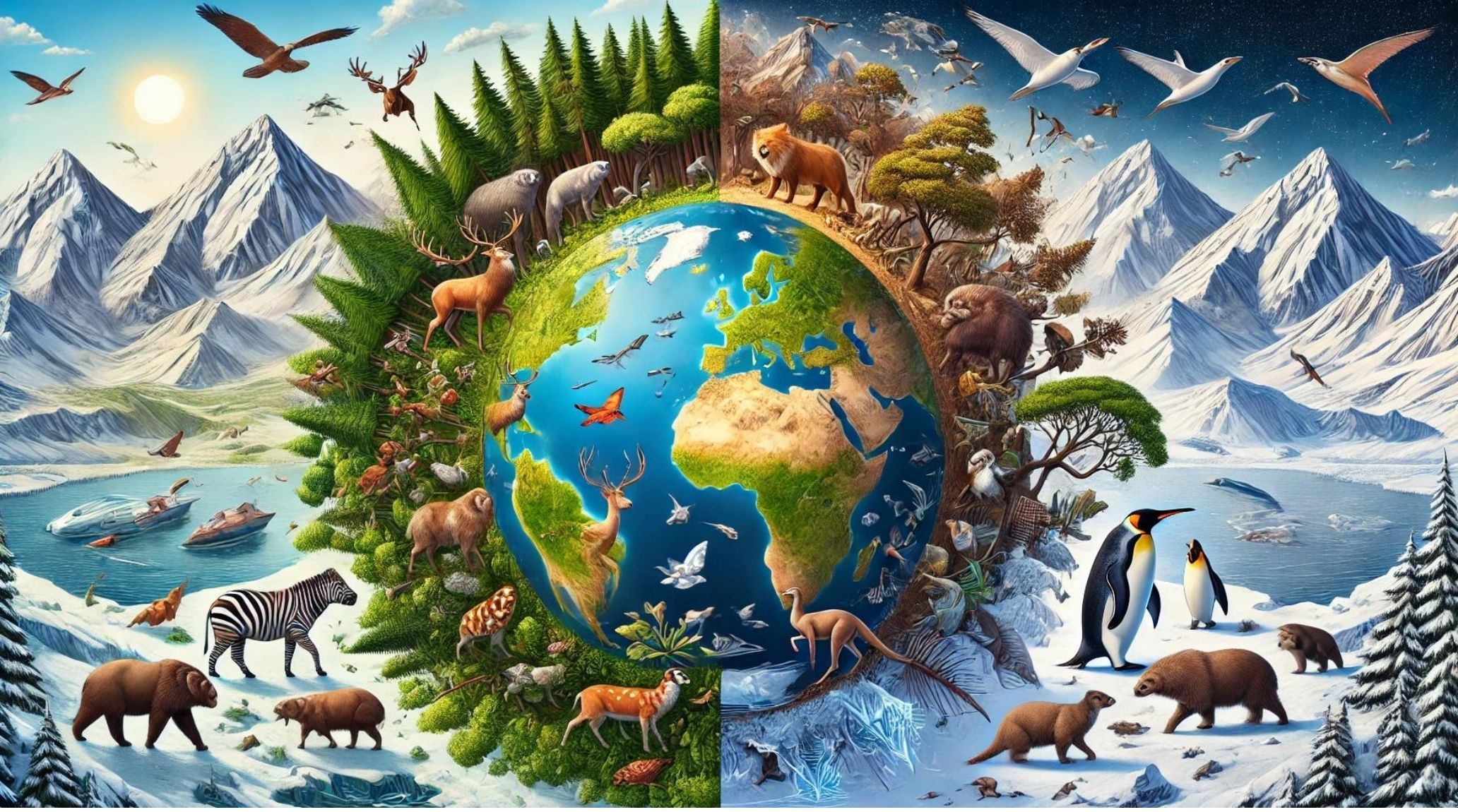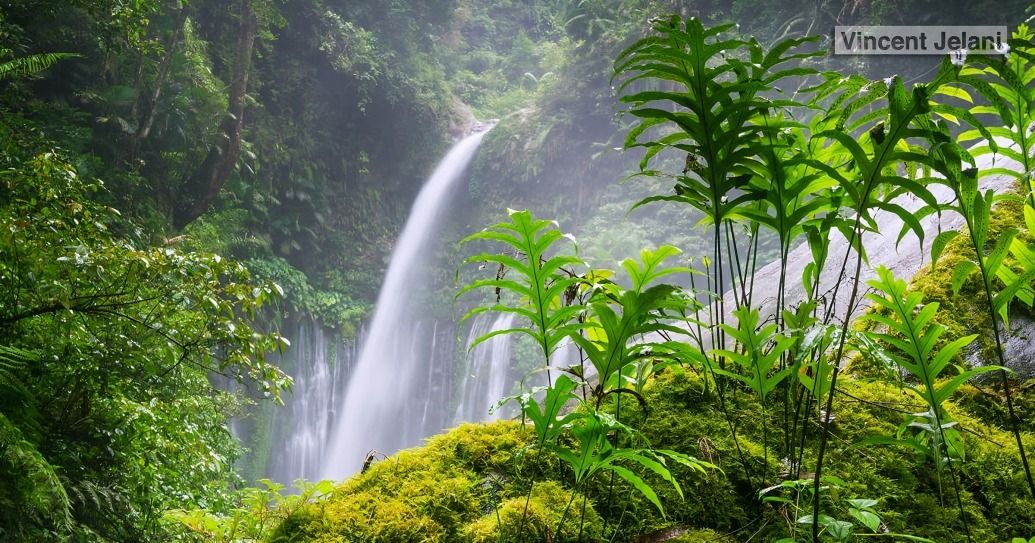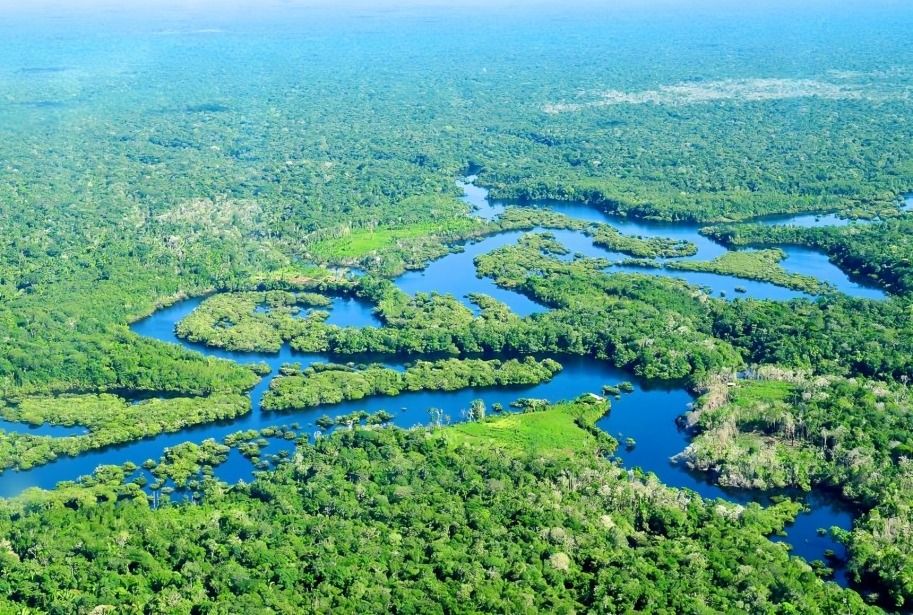
“
The Biological and Ecological Differences between the Northern and Southern Hemispheres create diverse natural environments on Earth. These variations are influenced by factors like climate, latitude, and the distribution of land and oceans. Northern Hemisphere ecosystems, shaped by colder climates and seasonal changes, contrast with the Southern Hemisphere's warmer, more oceanic environments. This blog will explore 20 fascinating facts highlighting the biological and ecological differences between the Northern and Southern Hemispheres. Let's dive into the natural wonders that make our planet so diverse.1
1
”
The Northern Hemisphere contains a greater variety of ecosystems, from tundra and boreal forests to temperate and tropical regions, providing habitats for diverse species across continents.1
In the Southern Hemisphere, ecosystems are less varied but contain unique habitats such as the Antarctic, which hosts a distinct range of cold-adapted organisms like penguins, seals, and krill, central to the food chain.2
The Northern Hemisphere is home to most of the world's coniferous forests, especially in Canada, Russia, and Scandinavia. These vast forests are vital carbon sinks and play a major role in regulating Earth's climate.3
The Southern Hemisphere is rich in marine biodiversity, especially in the vast Southern Ocean, where nutrient-rich waters support large populations of whales, fish, and seabirds, forming the backbone of the marine ecosystem.4
The Northern Hemisphere has more mammal species due to its larger landmass. Many animals, like bears, wolves, and deer, have adapted to survive the colder, more varied climates across its regions.5
The Southern Hemisphere is known for its unique and isolated species, particularly in Australia and New Zealand. Marsupials like kangaroos and koalas and flightless birds like the kiwi evolved with little competition from placental mammals.6

Biodiversity hotspots like the Amazon Rainforest and Southeast Asian rainforests are found in the Northern Hemisphere. These areas support millions of species of plants, insects, and animals, making them critical to global biodiversity.
The Southern Hemisphere's rainforests, such as those in the Congo Basin and Madagascar, are smaller but equally important for their endemic species, many of which cannot be found anywhere else on Earth.7
The Northern Hemisphere experiences stronger seasonal changes, which impacts animal migrations. Many species, like birds, butterflies, and whales, travel long distances between summer and winter habitats to find food and suitable climates.8
In the Southern Hemisphere, migration patterns are less dramatic, as the climate is generally more stable. However, species like the humpback whale and albatross undertake long migrations for feeding and breeding in nutrient-rich waters.9
The Northern Hemisphere has more extensive temperate forests, providing rich habitats for foxes, badgers, and deer. These forests also play a key role in nutrient cycling and maintaining soil health.10
Southern Hemisphere forests are known for their distinct species, such as the eucalyptus forests in Australia and the Valdivian temperate rainforests in South America, harbouring unique biodiversity adapted to their isolated environments.11
The Northern Hemisphere's Arctic tundra supports species adapted to extreme cold, such as polar bears, arctic foxes, and caribou. The short growing season and harsh winters result in specialized plant and animal communities.12
Antarctica is the coldest, driest, and windiest continent in the Southern Hemisphere, yet it supports life forms like penguins, seals, and mosses. Its ecosystem is primarily based on the food resources of the surrounding Southern Ocean.13
Coral reefs are found in both hemispheres, but the largest and most famous, the Great Barrier Reef, lies in the Southern Hemisphere off the coast of Australia. It supports thousands of marine species, including fish, corals, and sea turtles.14
The Northern Hemisphere has more human-altered landscapes, such as farmland and urban areas, which affect natural ecosystems. These modifications have led to habitat loss and fragmentation, significantly impacting local wildlife populations.15

Some regions like South America and Africa have intact ecosystems in the Southern Hemisphere. However, deforestation and habitat destruction are rising concerns, particularly in biodiversity-rich areas such as the Amazon and Madagascar.
The Northern Hemisphere's boreal forests contain large populations of migratory birds, which travel vast distances between breeding and wintering grounds, helping to disperse seeds and control insect populations across continents.16
The Northern Hemisphere's ecosystems are more vulnerable to invasive species due to higher human activity and trade levels. Invasive plants and animals often outcompete native species, disrupting ecosystems and causing biodiversity loss.17
In the Southern Hemisphere, grassland ecosystems like the Pampas support species such as rheas, armadillos, and jaguars. These grasslands are vital for biodiversity but face increasing threats from agricultural expansion.18


